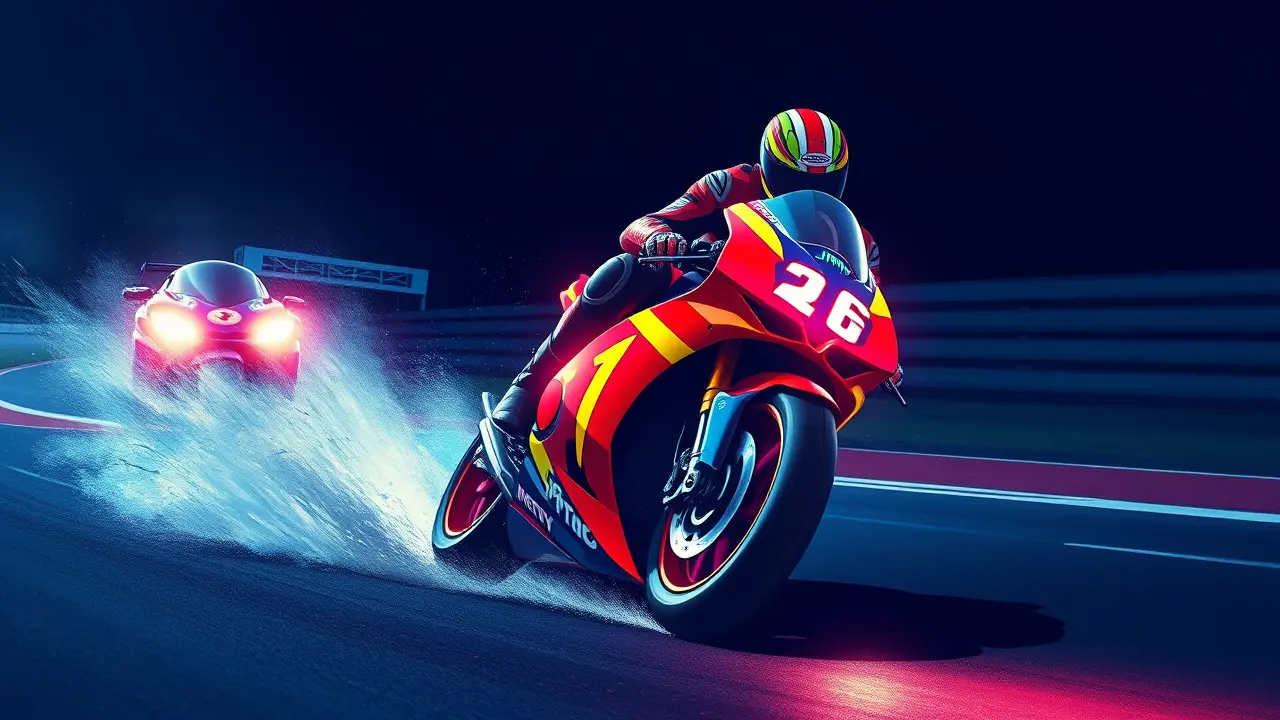Marco Bezzecchi still in “lot of pain” as he explains Marc Marquez crash
The roar of the MotoGP engines at Phillip Island for the Australian Grand Prix could not drown out the quiet, persistent echo of pain for Marco Bezzecchi, a man returning to the paddock still bearing the physical and emotional scars of a crash that reverberated through the sport. Just days prior, the Indonesian Grand Prix had unfolded in a heart-stopping blur of gravel and tumbling machinery, an incident that saw the pole-sitter, after a poor launch, tangle with the formidable Marc Marquez at Turn 7 in a move stewards would later brand 'irresponsible,' earning him a double long-lap penalty for this weekend's race.In his first public reckoning since the terrifying moment, Bezzecchi stood not with defiance but with the sober clarity of a competitor who has stared down consequence, admitting the error was his alone—a misjudgment of speed, a desperate brake, a slight but catastrophic contact with the rear of Marquez's factory Ducati that sent both champions on a trajectory into the unknown. The true villain of the piece, however, may not have been on the asphalt but lurking in the periphery, a harsh 'step' in the gravel trap that Bezzecchi and Alex Marquez identified as the cruel architect of the eight-time world champion's fractured shoulder and the Italian's own battered body, a design flaw that transformed a racing incident into a brutal physical trial.Recounting the visceral terror, Bezzecchi revealed a moment of suspended animation in the aftermath, his body wracked with impacts that stole his breath, leaving him conscious but stranded on the ground, waiting for the simple, fundamental act of breathing to return, a feeling he described as being hit in the ribs 'multiplicated for thousands. ' This is where the narrative of sport transcends statistics and penalties and enters the realm of the human spirit; here is an athlete arriving in Australia 'in a lot of pain, especially in my back,' yet consciously choosing to not let his mood be poisoned by the dual burdens of physical agony and official sanction.His resolve is a testament to the professional ethos that defines the upper echelons of this dangerous dance, a commitment to give his best on Friday, Saturday, and Sunday, hoping his body responds to the demands of a physically grueling, high-speed circuit, finding a sliver of advantage in the cold Australian air that, while no balm for the pain, might aid his endurance. The broader context of this incident touches on the eternal and often fraught dialogue between rider safety and track design, with Bezzecchi's pointed comments about the gravel trap—'the gravel destroyed my body'—igniting a fresh debate on whether asphalt run-offs, a subject of perennial discussion in safety commissions, might have mitigated the severity for both legends.His weary response to whether organizers should make a change—'I don't know, ask them. Because when we speak, they always say that the riders ask for the gravel'—speaks volumes of the sometimes-frustrating gap between competitor experience and regulatory action. This moment is more than a crash report; it is a chapter in the ongoing story of MotoGP, a sport where milliseconds and millimeters separate glory from catastrophe, where a champion's resilience is tested as much by his ability to manage pain and public scrutiny as by his lap times, and where the pursuit of speed is perpetually balanced on the knife's edge of calculated risk, a lesson Marco Bezzecchi is now living, breath by painful breath.
JA
Jamie Wilson123k5 hours ago
wow that's a brutal crash tbh, hope they're both okay. also that gravel trap sounds sketchy af, when are they gonna fix stuff like that
0
JA
Jamie Wilson123k5 hours ago
ugh that gravel trap sounds brutal tbh but you gotta admire his spirit, hope he recovers fast and they actually listen to the riders for once
0
JA
Jamie Lawson123k7 hours ago
but what if the real issue is we're focusing on the rider mistake and not the track design that made it so much worse smh feels like we're having the wrong conversation
0
